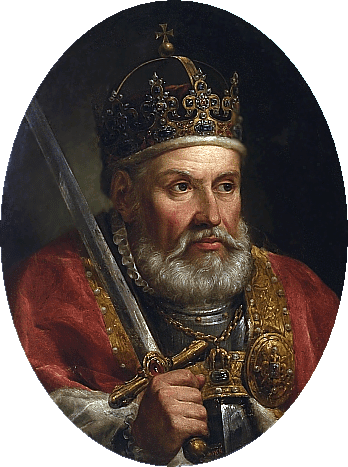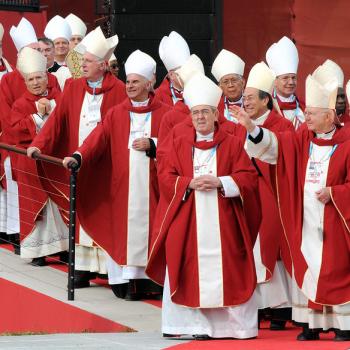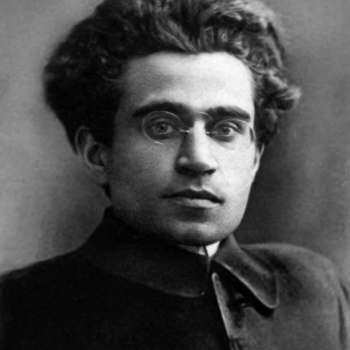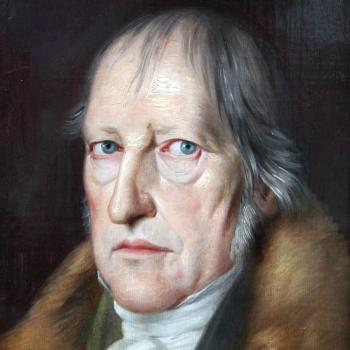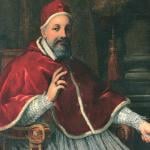The packed “Luther Year” has now drawn to a close, but 2018 marks 500 years since the Lutheran Reformation’s arrival in the kingdom where it was to enjoy some of its most spectacular, ground-breaking early successes—Poland.
Poland has a reputation for being impeccably, historically Roman Catholic—the land of Pope John Paul II, Jesuit churches and popular folk piety. A Lutheran Poland, as part of the Protestant world, today requires some serious re-imagining of European history. Yet, however improbable it sounds, Poland has a claim to be one of the major birthplaces of the European Reformation—as scholars back in the 19th century well knew, penning thick tomes on this problem. It was the 20th century’s total wars, extreme nationalisms, and crazy-paving redrawing of borders which obscured this story from view, removing it from the familiar Reformation histories we tell, retell, and remember today.
There is no Playmobil figure (yet) of Jakub Knade, the Dominican who in 1518 cast off his friar’s habit and started to preach Luther’s message in Danzig/Gdańsk, the Polish monarchy’s principal port. He was a subject of Sigismund I, king of Poland and grand duke of Lithuania, scion of the powerful Jagiellonian dynasty. Sigismund I’s Poland stretched, in an awkward diagonal, from the Carpathians of today’s western Ukraine, to the affluent Baltic cities of Prussia.
During the reign of Sigismund I (1506-1548), his kingdom was, almost uniquely, shaken by four different waves of Reformation upheaval: urban, legal, peasant, and elite. During the urban wave, the kingdom’s Baltic ports were seized by religious revolutionaries in 1525, backed by crowds of sailors and fishwives, in violent Reformation city revolts unparalleled in Europe. In the case of the legal revolt, King Sigismund stunned the pope in 1525 by turning the lands of the Teutonic Order (crusading monks) into a vassal territory for himself, ruled by a new Lutheran duke of Prussia. Christendom’s very first legally Lutheran state was thus found within the Polish monarchy. The peasant upheaval also took place during 1525, when armies of Luther-quoting rebel peasants rampaged through King Sigismund’s Prussia in a full-scale Reformation uprising by the lower orders. And during the elite wave, Polish towns and nobles eagerly invited Lutheran preachers, tutors, and printers into their midst, where they were protected by the kingdom’s most powerful magnates, such as Łukasz Górka of Poznań. Polish undergraduates were a common sight at Luther’s Wittenberg University. In the 1530s, observers across Europe—from Vienna to London—were convinced that after old Sigismund’s death, Poland’s next king would be a Lutheran, who would take the radical step of announcing Europe’s first Lutheran monarchy. Besides the Holy Roman Empire itself (Germany), no other country was as rocked by Luther’s message in the 1520s as Poland.
[Keep reading. . .]
Illustration: Sigismund I of Poland, by Marcello Bacciarelli [Public domain], via Wikimedia Commons


